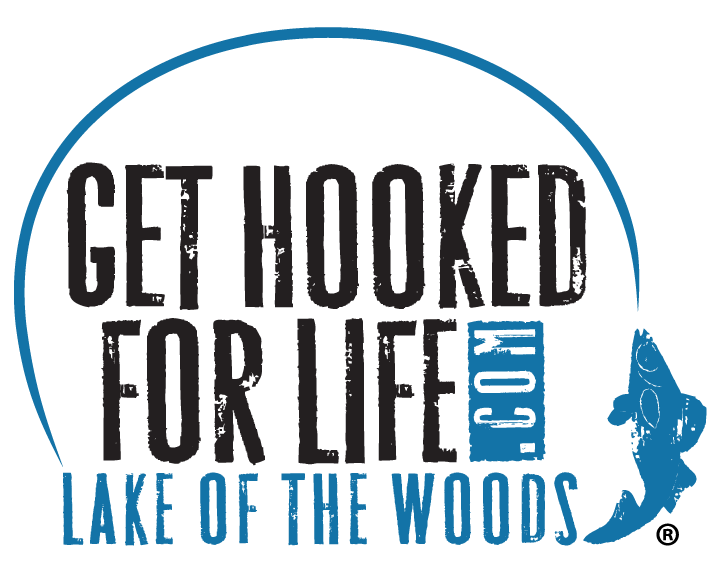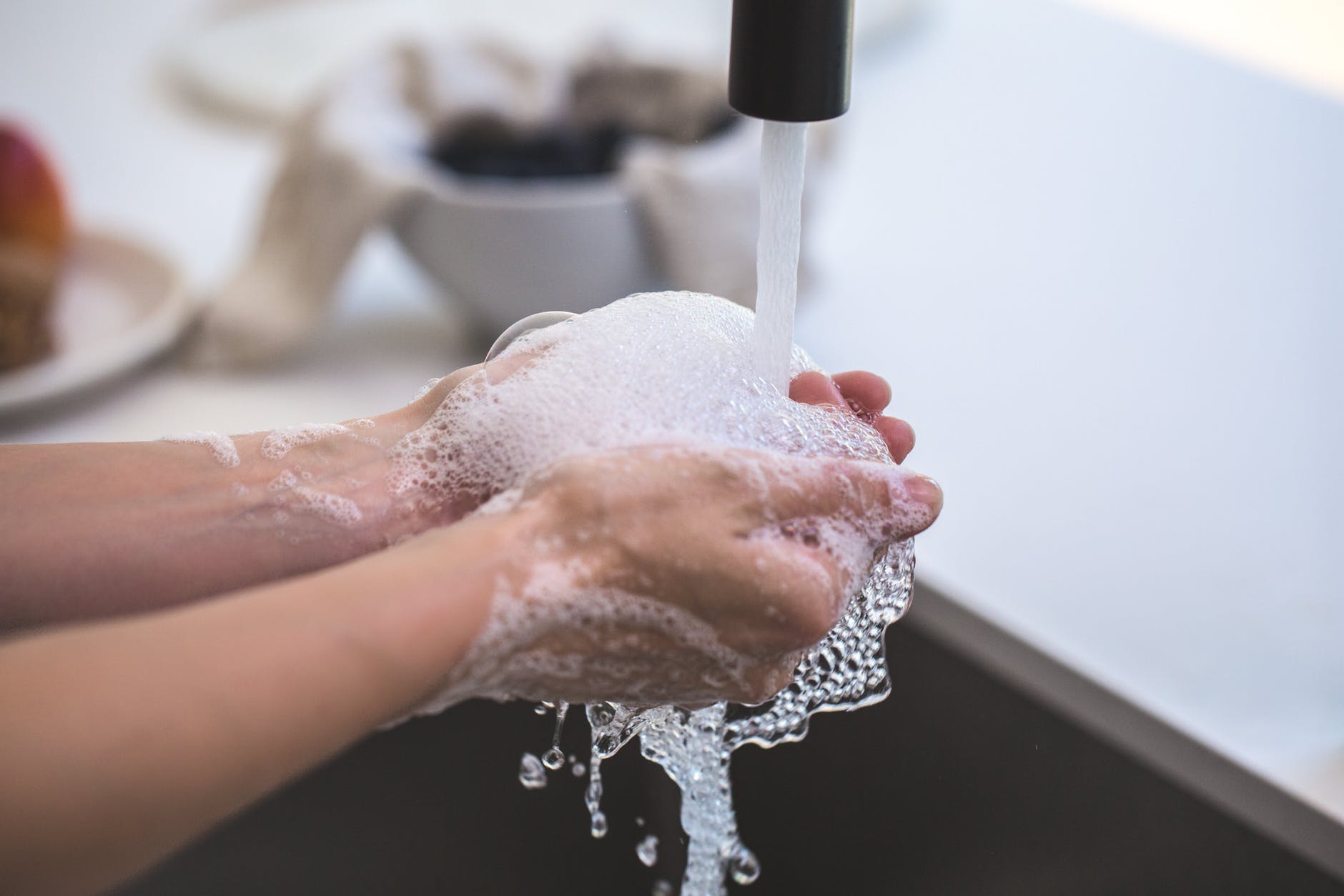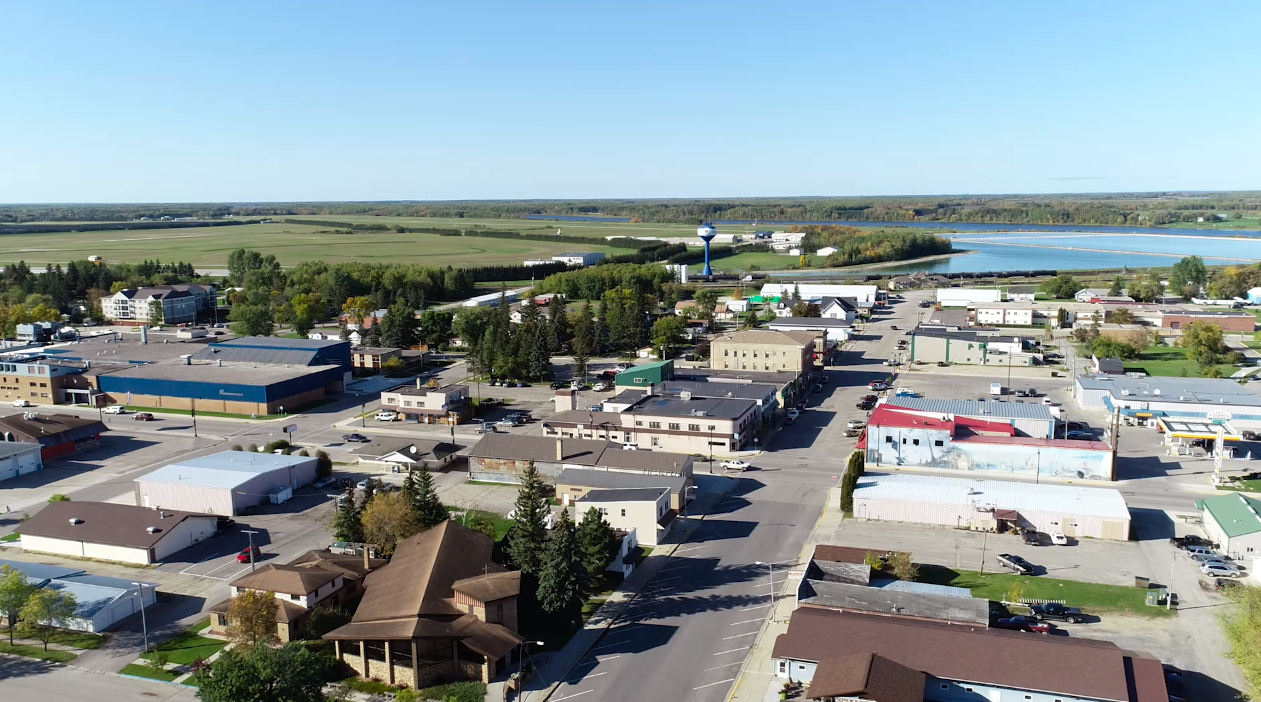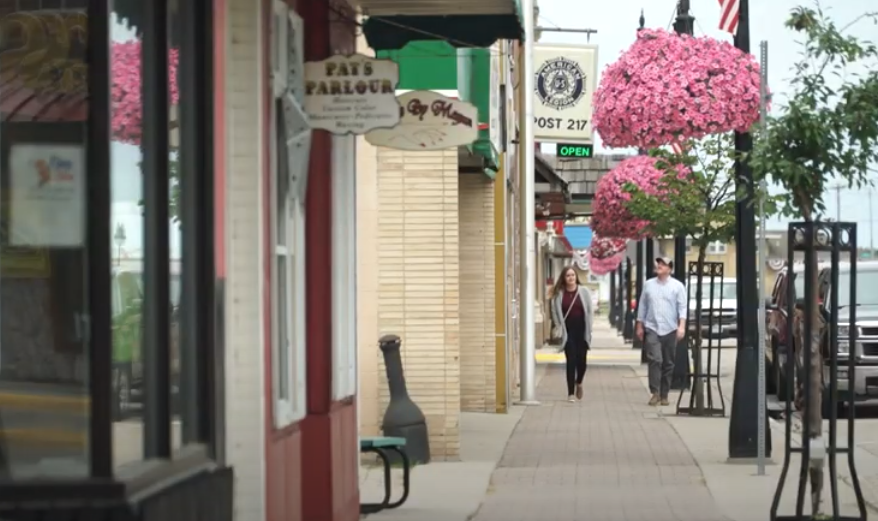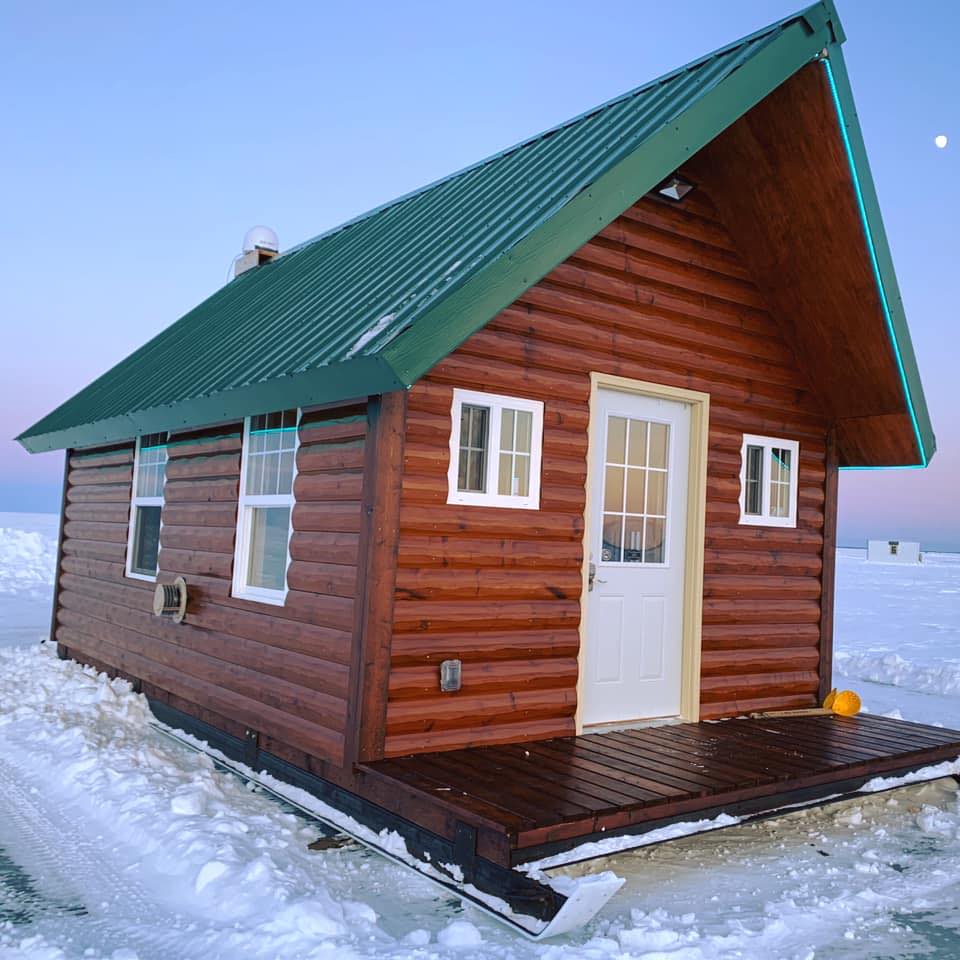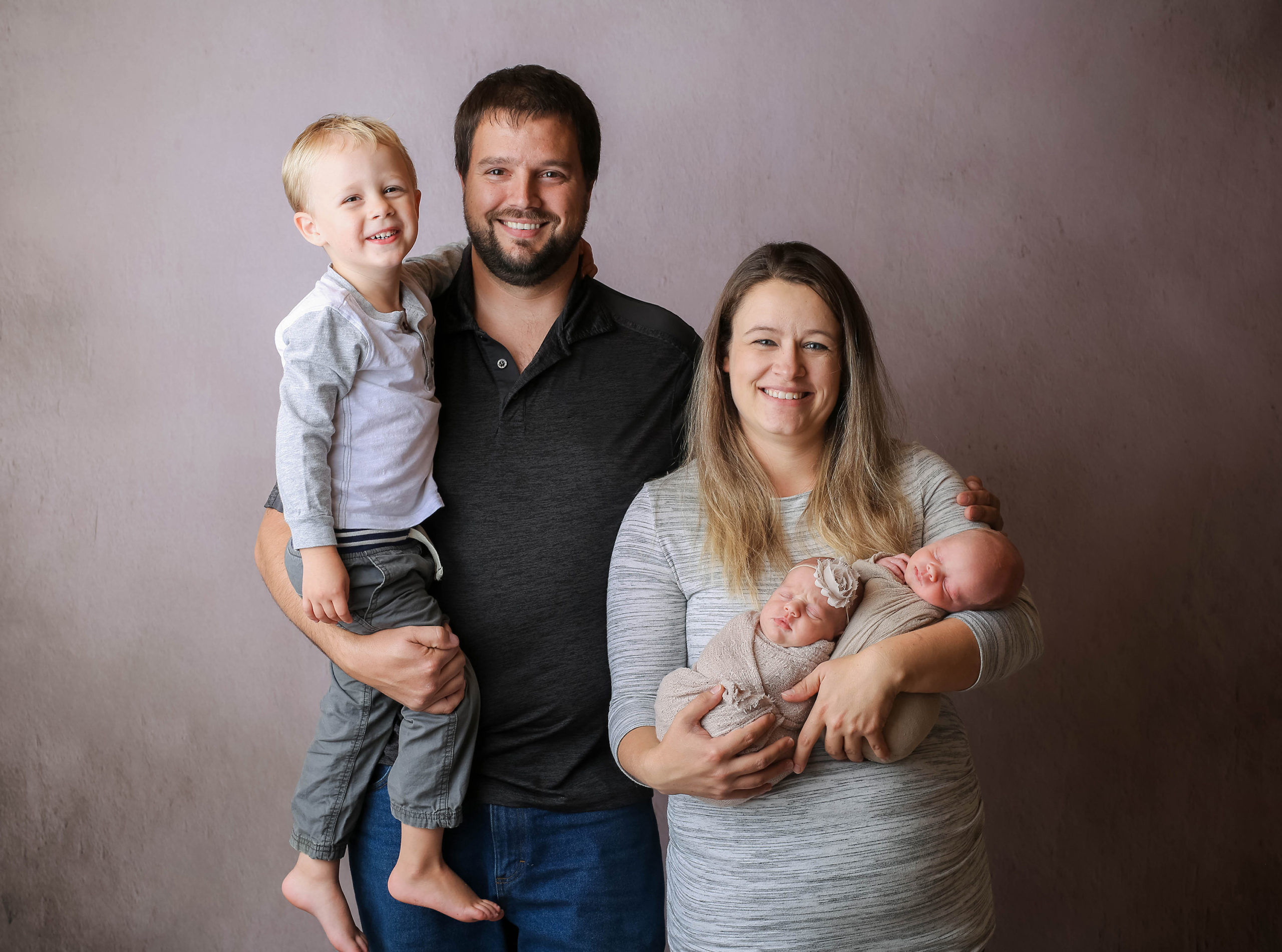Employers must develop and implement a plan that addresses the following components and post it publicly.
If workers can work from home, they must be allowed to work from home.
Make sure sick workers stay home
1. Establish health screening protocols for workers at the start of each shift, such as temperature taking or a health screening survey.
2. Identify and isolate workers with COVID-19 symptoms and those who have been exposed, and send them home.
3. Establish communication protocols when workers have been potentially exposed.
4. Establish worker sickness reporting protocols.
5. Evaluate and adjust sick leave policies to reflect the need for isolation and incentivize workers who are sick to stay home.
6. Provide accommodations for vulnerable populations. 7. Clearly communicate sick leave policies to all workers.
Increase social distancing: Workers should be at least six feet away from each other
- Maximize the use of telecommuting.
- Stagger shifts and breaks; create additional shifts.
- Evaluate traffic patterns to reduce crowding at entrances, in hallways, etc.
- Limit gatherings of workers.
- Ensure physical distancing in workplaces, including at workstations, production lines, etc.
- Limit non-essential worker interaction across floors, buildings, campuses, worksites, etc.
- Increase physical space between workers and customers, such as using a drive-thru or partitions.
Worker hygiene and source control
1. Ensure workers regularly wash their hands. Ensure handwashing and/or hand-sanitizer facilities are readily available and stocked.
2. Provide recommended protective supplies, such as non-medical cloth masks, gloves, disinfectants, guards, shields, etc.
3. Post handwashing and “cover your cough” signs.
4. Encourage use of source control masks, such as non-medical cloth masks.
5. Prohibit on-site food preparation and sharing.
Cleaning and disinfection protocols
1. Routinely clean and disinfect all areas, such as offices, bathrooms, common areas, shared electronic equipment, machinery, tools, controls, etc.
2. At least daily, clean all high touch items like doorknobs, handles, light switches, surfaces, etc.
3. Ensure availability of hand sanitizer and approved cleaning products.
4. Decontaminate the workplace if a worker becomes ill with COVID-19.
All workers – management and employees – must be trained in these protocols.
Click here to print.
